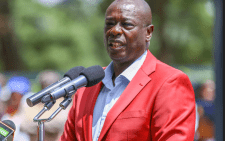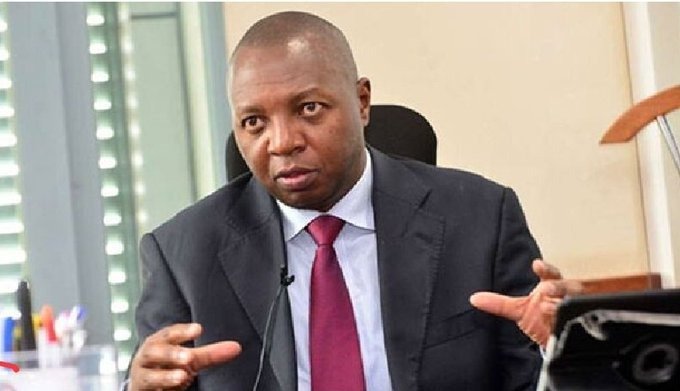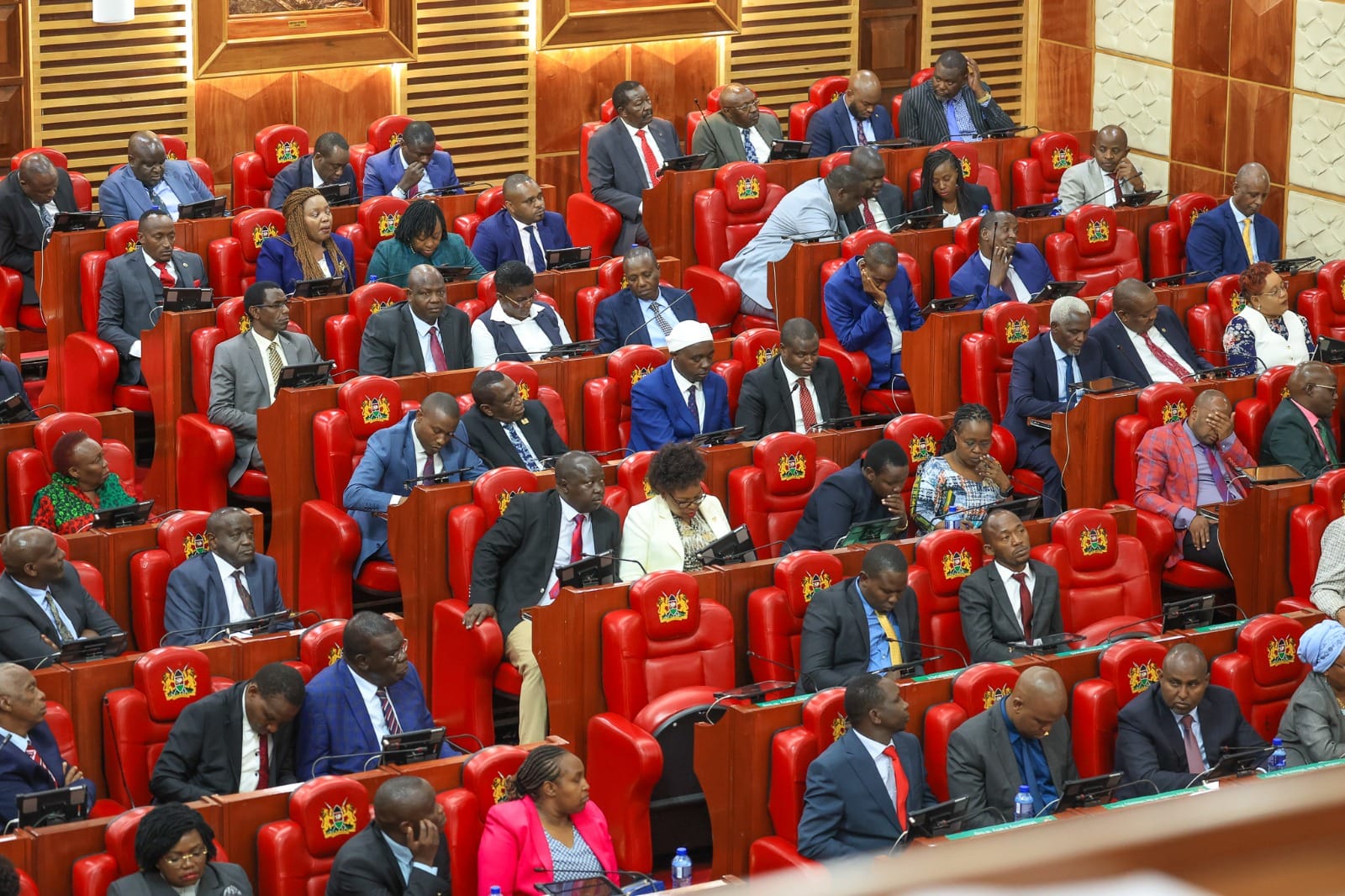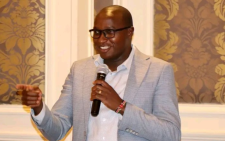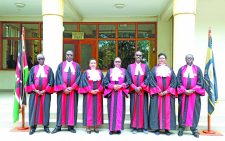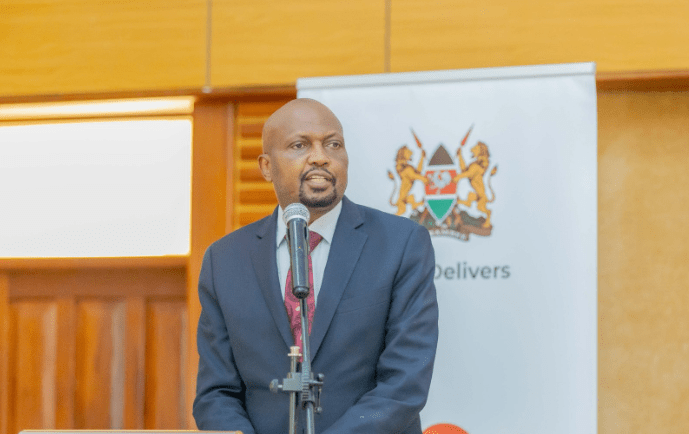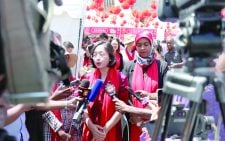Making television viewing deaf-friendly
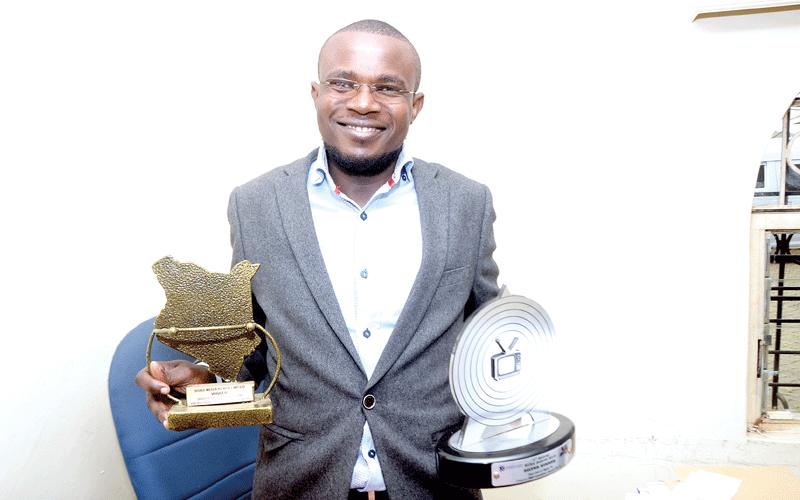
After watching how difficult it was for his hearing-impaired sister to access news and information, Luke Kizito set up a TV channel that broadcasts primarily in the Kenyan Sign Language
For a long time in Kenya, traditional TV channels didn’t present information in an accessible format for viewers with hearing impairment. Therefore, they ended up feeling excluded and marginalised.
Aluoch Muleka is such a person. She always relied on her brother Luke Kizito, who had crafted own sign language for interpretation.
Since Kizito wanted to make sure the deaf community in Kenya had the same opportunity to access information as the hearing counterparts, he enrolled for a Kenyan Sign Language course and founded Sign TV, a channel that broadcasts all its programmes in sign language.
The idea was born in 2012, but since he was still working, he did not know how to go about it.
He started by composing music with several choirs, which was then interpreted using sign language. All he wanted to do was have something to entertain the hearing-impaired.
From the training, he managed to get three hearing-impaired people who were interested in music and together they recorded YouTube videos.
The same year, a performance by Finnish Deaf Rap artiste Marko Vuoriheimo in Nairobi made the group realise there was potential in sign language music.
Zero interruptions
They recorded more videos and registered Signs Media Kenya Ltd, which owns Signs Television. They also took their music to mainstream media.
This saw Kizito move from one media house to another looking for a partner who would at least run a sign language entertainment programme for at least 30 minutes off prime hours, but they were not successful.
“We then visited Communication Authority of Kenya for help and that is when I was told rather than looking for a 30 minutes’ programme, I should come up with a TV channel, which will air such content for 24 hours without interruptions,” he says.
This was a wake-up call for him. He embarked on a journey to look for frequency for Sign TV and for partners.
While he acquired the frequency, finding a long-term partner was a problem because those who came on board initially left without warning as they thought coming up with such a station was impossible.
From his savings and bank loans, he managed to get Sh5 million, with which he bought the required equipment and constructed a studio. With everything in place, he was ready to go. So, he quit his job in 2017 to concentrate fully on the project.
Although he was authorised to operate in 2014 when the country was migrating from analogue to digital broadcasting, he had to wait until 2016 for Sign TV to be allocated a channel. They started live broadcasting in 2017.
“Sign TV is a station that broadcasts in sign language with voice as an override. I set up the station because I realised that media and positive reporting is a sure way of eliminating stigma and discrimination,” he explains.
Despite the main focus of the station is to serve the deaf community, Kizito has also incorporated other Persons with Disability (PWDs) as presenters. Additionally, there is always an interpreter on location.
“The reception has been positive and we are airing different programs such as entertainment, news, movies and so on. So far we have 17 employees, 10 out of who are PWDs,” he adds.
Beyond TV
And since most PWDs are not trained in media studies, he has partnered with some veteran media personnel to train them.
And to ensure that a good number of people from the deaf community joins the industry, he is engaging journalism training institutions to have deaf students train as journalists. Currently, there are more than 600,000 deaf people in Kenya.
For the success of the station, currently broadcasting in 14 counties, Kizito says that they generate their own content since the country still does not have local content for the deaf community.
Their programming is guided by the three pillars: informing, educating and entertaining.
Though the business can sustain itself, he reveals that most advertisers don’t consider PWDs as their target audience; consequently, they shy away from advertising with the station.
Apart from creating employment for PWDs, Kizito has also teamed up with engineers who have set up aquaponics, where they grow vegetable and keep fish.
They alsotrain their employees within the project to ensure self-reliance among them and to improve access to fresh and nutritious produce through disability-inclusive agriculture.
Aquaponics is the combination of aquaculture (raising fish) and hydroponics (soil-less growing of plants) in one integrated system. The fish waste provides organic food source for the plants while the plants naturally filter the water for the fish.
His goal for Sign TV is to have mainstream media that is fully accessible to people who are deaf in all counties in Kenya so they can better understand the world and be informed just like everyone else.
He also hopes to continue having many viewers, both deaf and hearing, so they can learn sign language, and help create a more inclusive society.
